In the 1920’s, scientific management swept US industries, ushering in the 2nd and 3rd industrial revolutions. By the 1940’s and 1950’s Continuous Improvement Methodologies such as Total Quality Management (TQM) and what is now referred to as Lean were already proliferating Japanese management approaches, soon to become the premier methods worldwide. These methods promised greater customer satisfaction, lower operating costs, happier employees, and overall more successful companies. As you will see throughout the course of this post, the common thread in them all are systematic problem-solving and the application of the scientific method.
The list is in no particular order and is not totally exhaustive.
#1: LEAN
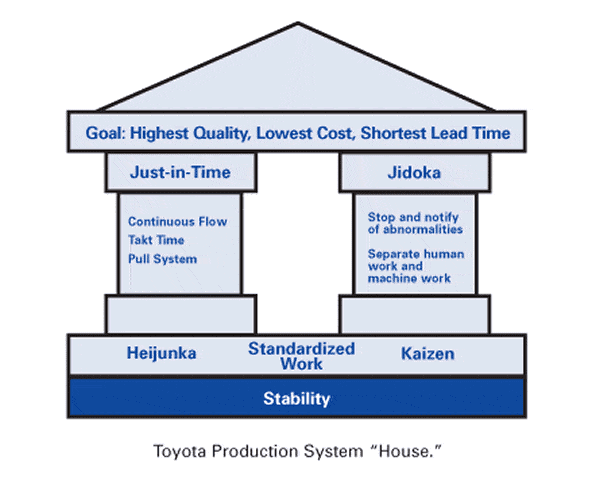
Lean is a management system designed around the premise of maximizing value to the customer while minimizing waste in the processes used to create value. The term “Lean” was coined by James Womack in his 1991 book titled “The Machine that Changed the World.” It is based on the set of philosophies, tools, and way of working developed by the Toyota Motor Company, which is widely regarded as the greatest manufacturing company in the world. However, it should be noted that Toyota does not use the term “Lean” and constantly evolves their management system to address immanent challenges.
Lean is famous for its vast array of tools and methods for engaging people at all levels in a company in seeing and solving problems. The ease of learning and applying these tools, the aesthetic appeal of Visual Management techniques, and the psychological value of routine improvement practices have contributed to the immense popularity of Lean as a management system. However, a majority of attempts to implement and sustain the Lean Management System have failed due to a lack of focus on developing people capability and culture. This observation has given rise to practices like Toyota Kata to reinforce the habit of daily improvement and develop leaders to be better coaches, resulting in an enhanced problem-solving culture.
#2: SIX SIGMA
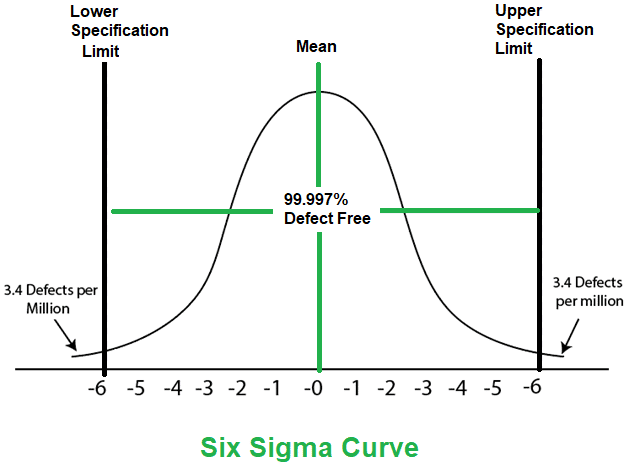
Six Sigma is a quality control methodology that seeks to reduce product defects to within 3.4 defects for every 1 million units produced. This method was introduced by Motorola engineer, Bill Smith, in 1986 and popularized by Jack Welch, who made it central to the company’s management system during the successful run of General Electric during the 1990’s.
Six Sigma also provides an array of tools and management philosophies for driving out process variation and producing value for the customer. Its core tenant of product quality, or consistency, is improved by systematically removing process variation applying the scientific method to making improvements. Six Sigma activities are typically organized into projects that often result in mechanical changes to the process that lead to reduced variation and greater control of outcomes. The basic structure of Six Sigma projects follows what is called the DMAIC method, which is detailed as follows:
- Define: Clearly state the problem, current state, and desired outcomes
- Measure: Quantify the current state of operations specific to the problem being addressed
- Analyze: Identify potential root causes, including the assessment of upstream, downstream, and support factors
- Improve: Experiment and make changes to the process in effort to increase control and reduce variation
- Control: Take further steps to ensure sustainment of improvements
#3: LEAN SIX SIGMA
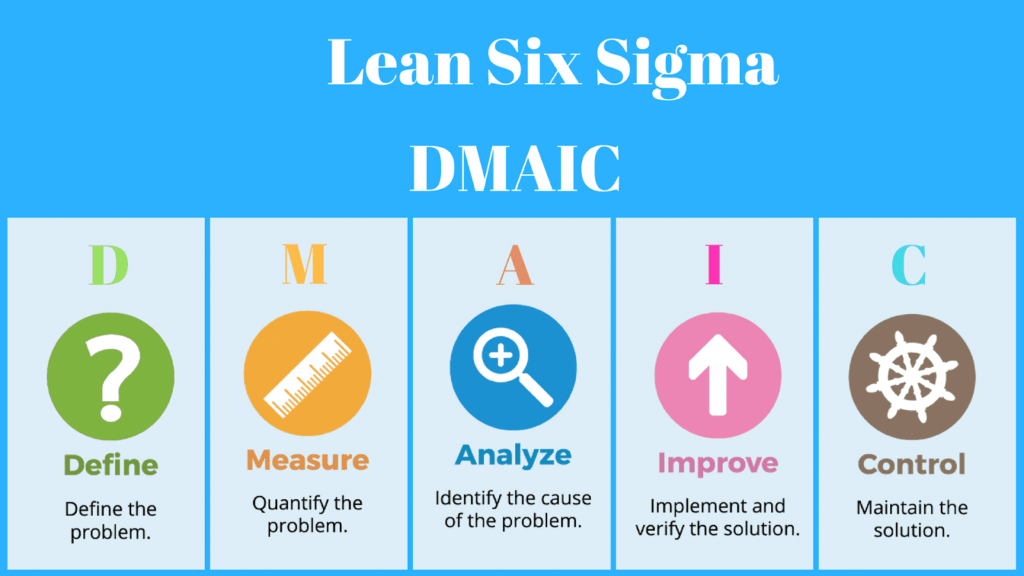
As you may have guessed, Lean Six Sigma is a hybrid methodology that combines the best of Lean and Six Sigma approaches. While Lean focuses on driving out process waste and engaging all employees in solving problems, Six Sigma brings an element of process control to help minimize variation but also help sustain gains achieved through Lean activities. Lean Six Sigma has become immensely popular, especially as Six Sigma as a stand-alone methodology has tapered off in use.
#4: TOTAL QUALITY MANAGEMENT

TQM is a management system that engages all people in the improvement of processes, services, and products with the goal of maximizing customer satisfaction. The roots of TQM stem back to the 1930’s with Walter Shewhart’s development of early methods of statistical quality control.
TQM’s 8 Primary Elements including:
- Customer-focused: Quality is defined by the customer
- Total Employee Involvement: All employees are to be engaged in a common goal of serving the customer
- Process-centered: Improvement is made through process thinking instead of local optimization
- Integrated System: The path to success is through cross-functional collaboration
- Strategic & Systemic Approach: Quality needs to be a core component of a company’s strategy and mission
- Continual Improvement: Combines aspects of analytics and creativity to solve problems need to satisfy stakeholders
- Fact-based Decision-making: Relevant data should be collected continuously and used as a central factor in decision-making
- Communications: Effective communication is key to managing change and normal operations. Communication should be used to improve morale and motivation
#5: ISO

The ISO 9000 Series is an entire family of quality management standards developed and maintained by the International Organization of Standardization. These standards govern the structure, fundamentals, and definitions of a company’s quality management system. These standards were initially developed and released in 1987 by ISO, which is a board of agencies spanning 160 countries.
The ISO 9000 Series is designed to establish a quality management system for companies of all sizes and across industries, incorporating the following 7 principles:
- Customer focus: Understand current and future customer needs, then work to meet and exceed them
- Leadership: Provide direction for the organization, then motivate people to make constant progress
- Engagement of people: Develop accountability and encourage / enable people to contribute to the company’s objectives
- Process approach: Organize activities into processes, establish measures, and prioritize improvements
- Improvement: Empower people to make constant improvement that enhances organizational performance and capabilities
- Evidence-based decision-making: Ensure accurate and reliable data is analyzed and used for effective decision-making where appropriate
- Relationship management: Develop collaborative relationships, especially with suppliers, to ensure short and long-term success
The success of the ISO 9000 series is largely due to the popularity of ISO 9001, which also happens to be the only standard to which a company can certify.
#6: THEORY OF CONSTRAINTS
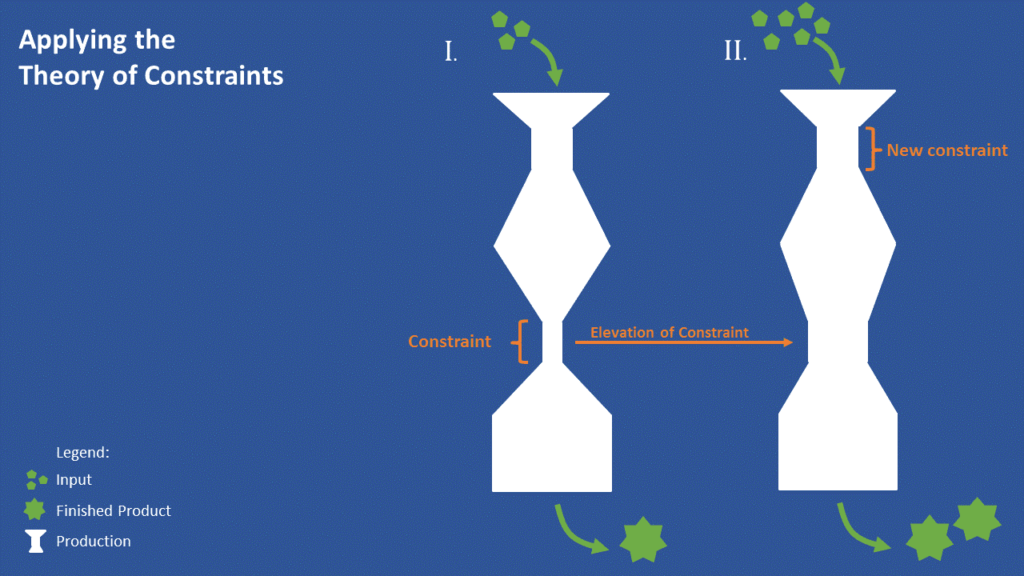
Theory of Constraints (ToC) is a method that views business systems as a series of nodes, through which throughput is limited by bottlenecks, or constraints. The method seeks to identify, eliminate, and ultimately optimize around bottlenecks in order to maximize business throughput. Throughput, in this sense, is defined as the rate of flow of a product or service from raw material through to the end user. By this definition, the “bottleneck” may exist outside of the factory or office and extends all the way through the supply chain to the end user.
Theory of Constraints was popularized by Eliyahu Goldratt’s 1984 book titled “The Goal”, which was written as a novel that tells a story of a struggling company that successfully applies ToC to reach its goal. As a method, ToC seeks to minimize expenses and inventory while synchronizing throughput with market demand. It requires making a series of improvements that result in a business system that optimizes performance around a “monumental” bottleneck until a balance between supply and demand is achieved; then continuously work to minimize expenses and inventory.
#7: AGILE

Agile is a Continuous Improvement methodology created in the software development and project management spaces designed to maximize the value of resources consumed by delivering the greatest possible impact in the least amount of time. Agile, while optimized for highly innovative types of work, has also been adapted for operations functions where a higher degree of flexibility and adaptiveness is needed to meet current and future market needs.
Agile was born in the 1990’s out of what is now referred to as “the application development crisis.” This was a time when software development took so long that by the time the work was done, the need for the software no longer existed and the requirements were completely different. As such, 17 thought leaders on the topic gathered to create the Agile Manifesto, which laid out the 4 values and 12 principles of Agile.
Agile Manufacturing and Agile Operations have gained popularity lately but have not flourished into fully fledged methodologies as of yet. The need has arisen out of companies operating in competitive, often very market-driven industries such as consumer goods companies needing to speed up innovation to market in order to take advantage of fleeting trends. In manufacturing for example, this requires, shortening the time from idea to commercialization, time between product runs, and the time it takes to cycle through the catalog of products, also known as inventory turns.
#8: LEAN START-UP

Lean Start-up is a method for developing and introducing new products or businesses to the market with emphasis on technology-based products. The general idea is to incorporate customer, or market, input into the development of the product, beginning at the ideation phase. Then maintain collaboration with the customer or market through frequent iterations until the product is fully developed and producing successful business results.
This method was made popular by Eric Reis’ 2011 book titled “The Lean Startup.” It has since become the default method that start-up incubators and advisors use to help start-up companies to quickly achieve product-market fit.
The method consists of a few key phases:
- Customer discovery: Surveying the target market to understand if a product idea would actually meet their needs and get their input on what a more desirable product would be
- Minimum Viable Product (MVP): A product that incorporates the bare minimum of functionality to satisfy the needs identified during customer discovery
- Ongoing iteration: Conducting a series of experiments on short intervals to engineer the product to achieve very clearly defined performance targets
- The final phase continues until product-market fit is achieved, which means that it is fully capable of producing the desired business results.
#9: GROWTH HACKING

Growth hacking is a method used by marketers for applying the scientific method to achieve rapid advances in customer acquisition and conversion. This method is also often applied in the technology industry to help companies achieve scale more rapidly.
Growth hacking was popularized by Sean Ellis, first in his breakout 2010 blog post titled “Find a Growth Hacker for Your Startup” and then further in his 2017 book aptly titled “Hacking Growth”, which has led to the rapid emergence of a movement of technology marketers working to perfect the craft of accelerated growth and scale.
Growth Hacking, simply put, is the process of setting a very clearly defined target (i.e.. Growth – and lots of it), then experimenting your way to success. This includes aggressively experimenting with marketing material, product design and functionality, and business models until desired growth targets are achieved.
#10: LEAGILE
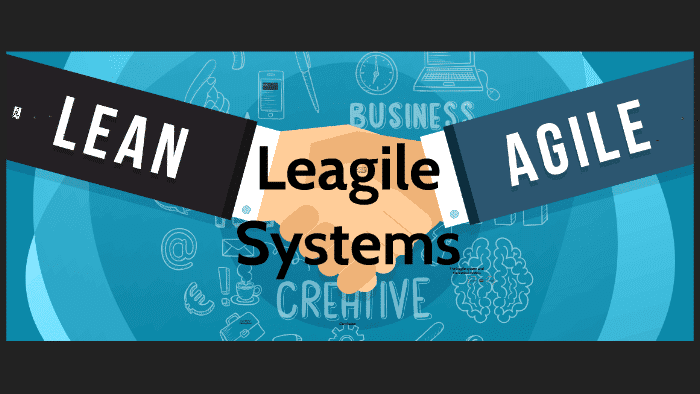
Leagile is another hybrid methodology that combines the positives of both Lean and Agile approaches. If you think of Lean as driving out waste in processes that serve stable markets; and agile as optimizing for flexibility, which is needed for unstable markets; Leagile brings you the best of both worlds. It’s a way for developing optimal supply chain-market fit in a cost effective manner. This approach often consists of developing a “base unit” or “base service offering” that is the same for all customers, but adding on late stage customization, which allows for a more specialized end-product or service. Operations for creating the base unit apply mostly lean principles while the late-stage customization component mostly relies on tools from the agile box.
Quality Frameworks Comparisons
Each of the below Quality Frameworks are a subset to one or several of the Improvement Methodologies listed above. Quality Frameworks allow for a structured and methodical path to continuous improvement. The most identifiable of these being the Plan, Do, Check and Act (PDCA) framework – first brought forward by Walter Shewhart then later developed by Edward Deming and the Define, Measure, Analyze, Improve and Control (DMAIC) framework – made famous by Motorola and GE.
The chart below shows the key phases that each framework uses. Each is unique yet the same. The most basic and simplistic is the PDCA framework. Notice how the DMAIC framework fits within the PDCA. Then notice how the 8D framework breaks it down even further.

Each of the Frameworks are used, traditionally, within different Methodologies and have different focuses and approaches.
Selecting a Framework Approach
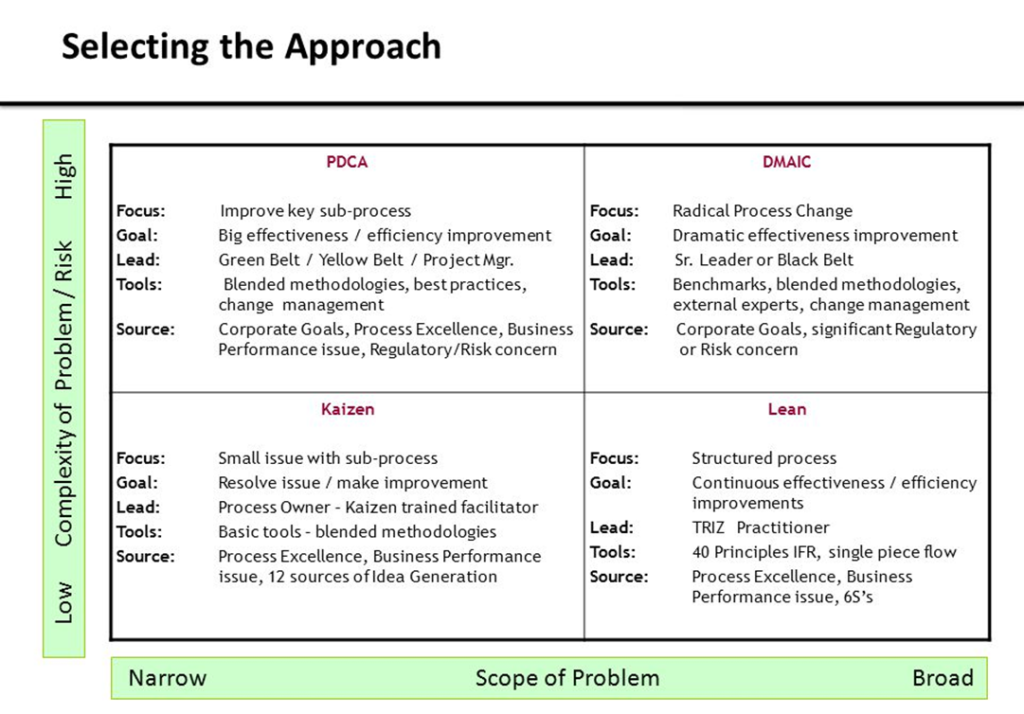
The example above shows how a particular framework can be selected to meet your needs by using the dimensions of Problem Scope and Complexity of the Problem. Think of Frameworks as simply another tool to be used in your tool box. Pick the Framework that will solve your issue in the most efficient manner.
Conclusion
While all of these methods have been used to great success for some, others have struggled to replicate the results. Some cite a lack of leadership support and engagement while others call out poor strategic focus and execution. The underlying factor in the success of any of these Continuous Improvement methodologies is the rigorous application of the scientific method and ongoing experimentation. Perhaps it could be said that some of these methods have been over-complicated and thus have turned into monsters in their own right, requiring a level of discipline that only a few can develop. The linchpin that holds Continuous Improvement together is the habit of daily improvement or experimentation by all members in the organization.




